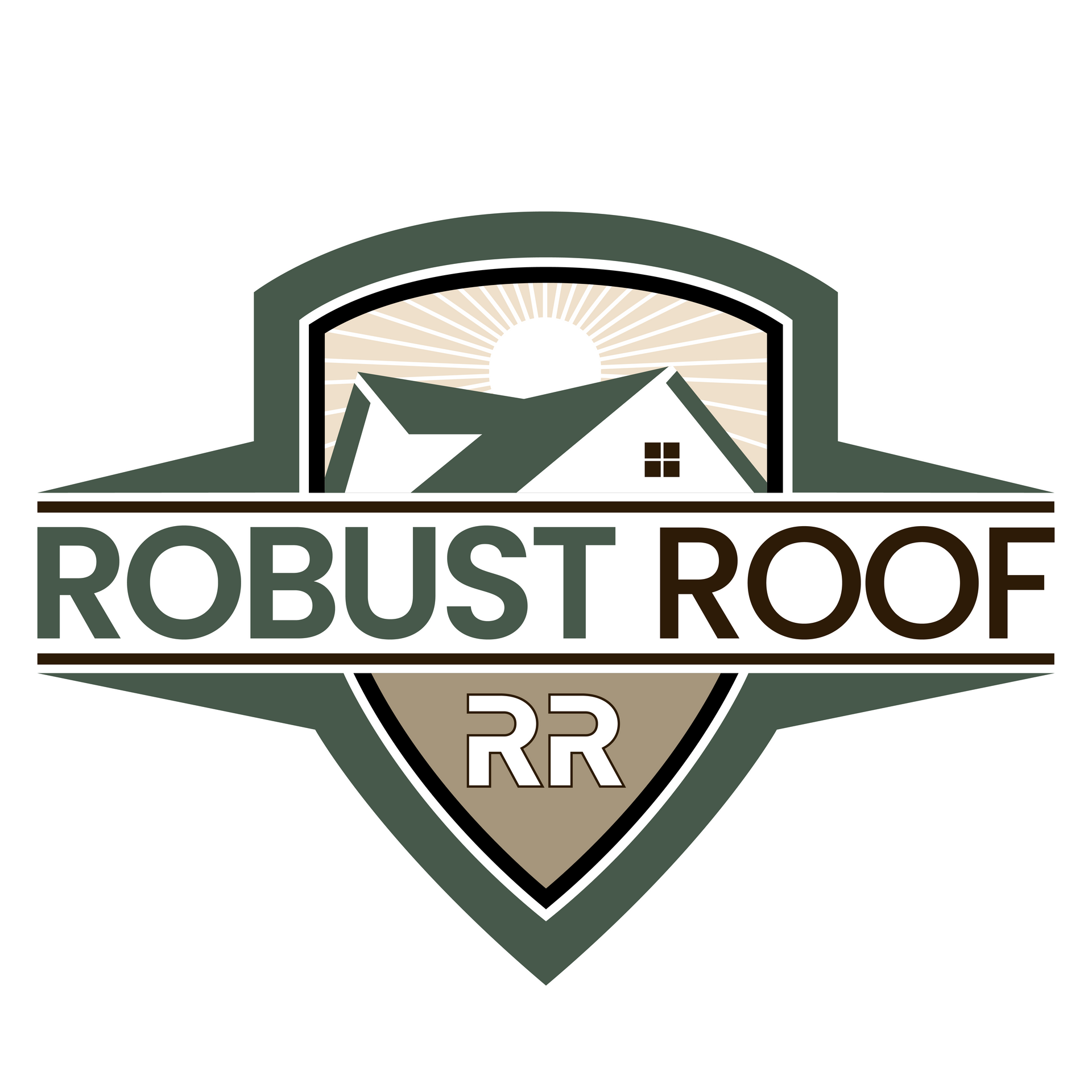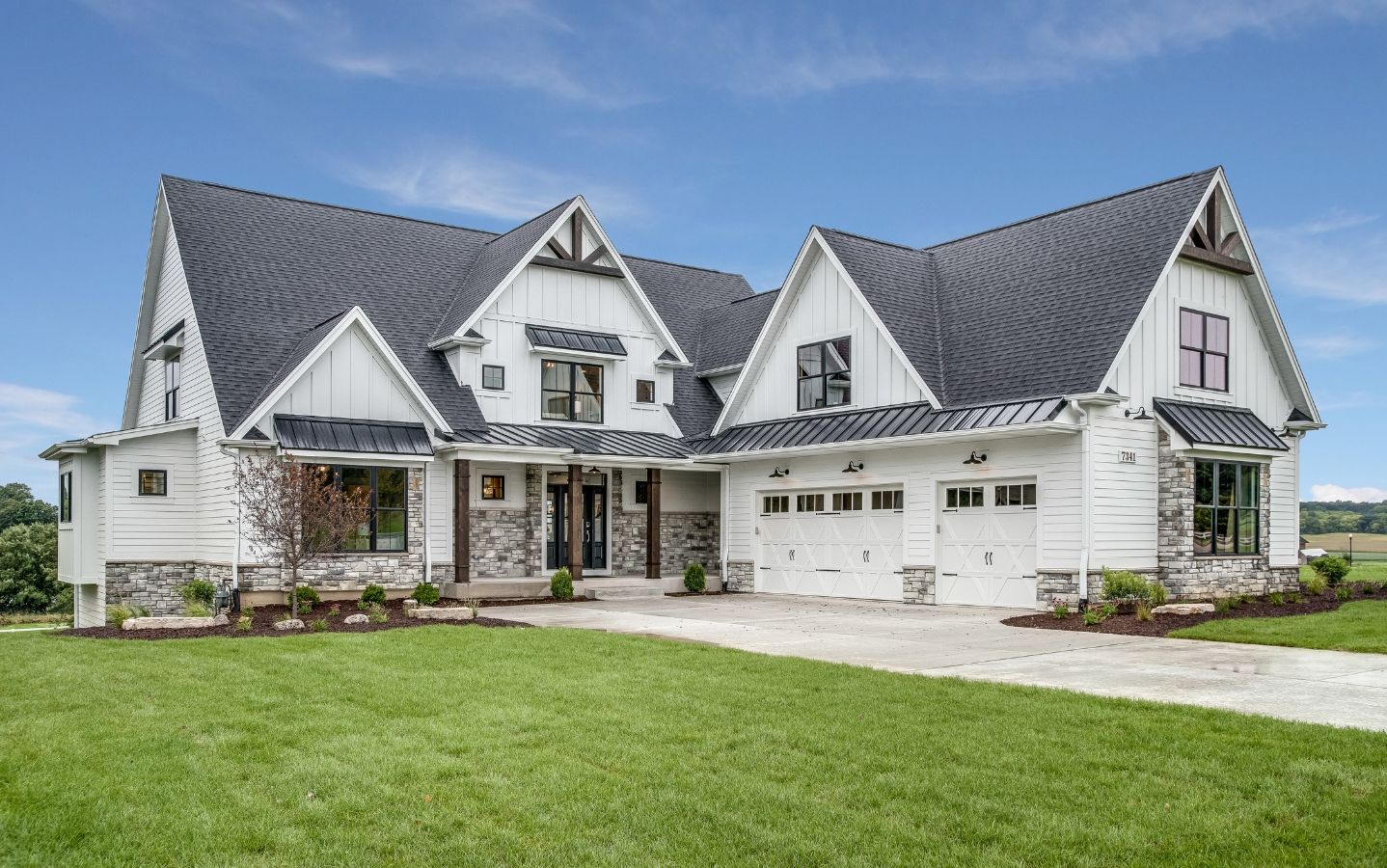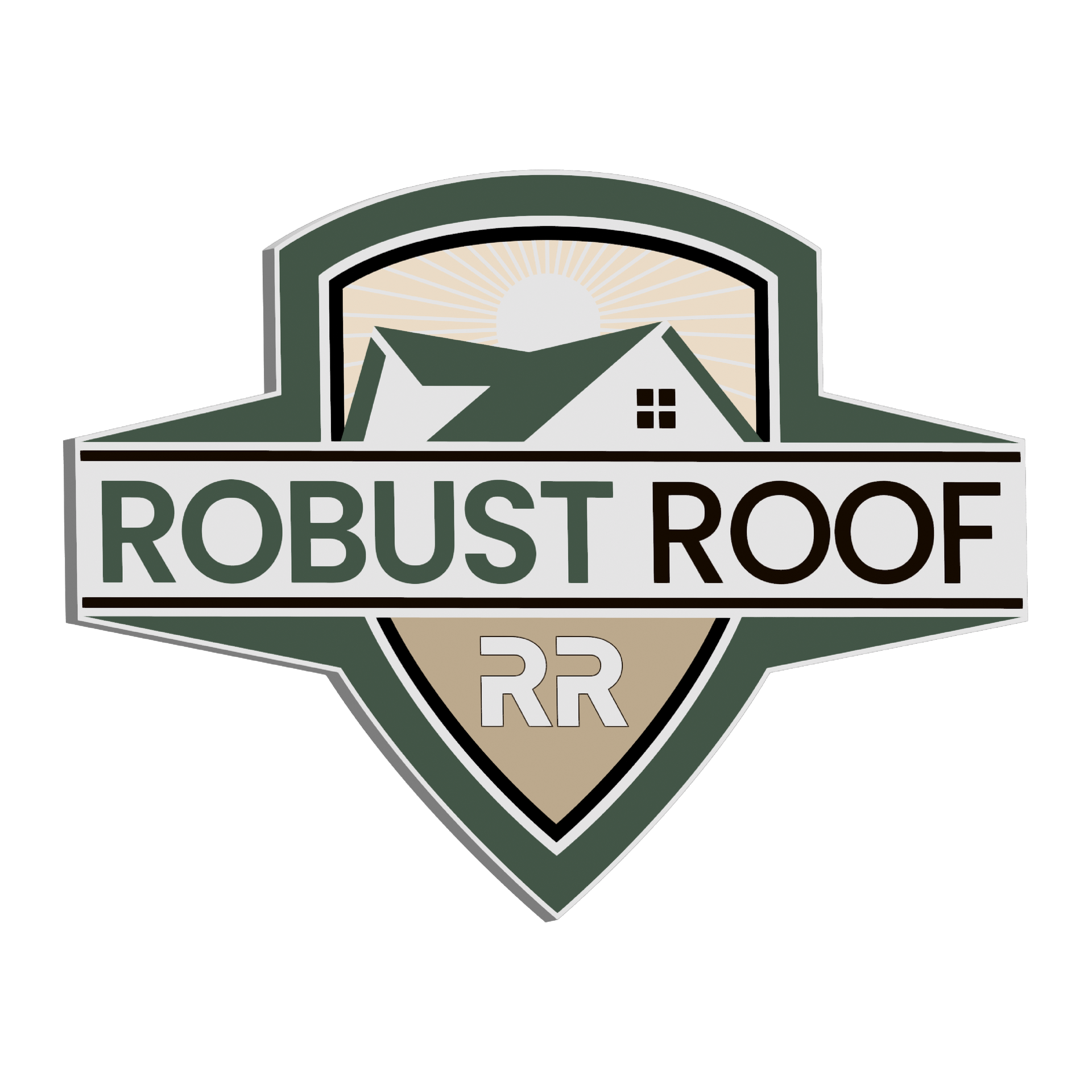In the realm of home maintenance, certain elements play a pivotal role in preserving the integrity of your residence, yet they often go unnoticed. Among these is the drip edge, a crucial component designed to ensure the seamless flow of water from your roof to your gutters, thereby preventing potential water damage. This guide delves into the essentials of drip edge installation, highlighting its significance in maintaining your home's structural health, particularly in regions like Northern Virginia and Maryland, where weather patterns can pose a challenge. We'll explore the various types of drip edges, their installation processes, and their impact on insurance claims. Get ready to deepen your understanding of how this simple yet effective piece of flashing can fortify your home against the elements, ensuring the roof's longevity and your peace of mind.
First things first: What exactly is a drip edge?
There's usually a gap between roof gutters and shingles that can wreak havoc if left open. A gutter drip edge refers to the piece of flashing that covers this gap stopping rainwater from going behind the gutter or under the shingles.

Types of Drip Edges
There are several types of drip edges largely based on profile. The most notable include:
- Type C drip edge
- L-Type
- F-Type
- Z-Type
- T-Style drip edges.
Different types are recommended based on factors like roof material type, Roof angle or pitch, and weather-based potential damage.
Where is The Drip Edge Installed?
The drip edge is usually angled and installed over a fascia board to redirect water into the roof gutters. A drip edge should be installed on the eaves, rake, and gable edges of a roof. The strip of flashing (usually made of aluminum or galvanized steel) is very important as we'll see in the following sections.
Why Is My Gutter Dripping? Why Do I Have Water Leaking from the Gutter and into the House?
If your gutters are dripping water and/or the rainwater from your gutters is getting into your house, it could be due to the absence of a gutter drip edge. A poorly done installation of other roofing components might also be to blame.
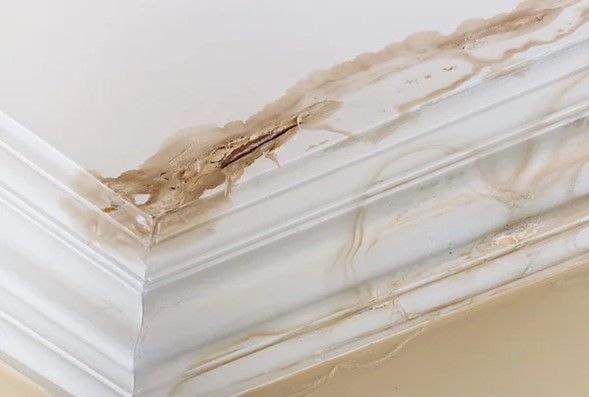
The Importance of Drip Edges
You may be wondering why you should care so much about a narrow strip of flashing installed on the roof when you already have gutters. Well, here are the main benefits of properly installing drip edge:
a. Saves Fascia Board and Eave from Damage
The gutter drip edge is a commonly overlooked but critical component of a gutter and roofing system. Without it, your fascia board and wood decking along the eaves are bound to become damaged by water over time. Eventually, your gutters could even fall off your home since the weight of full gutters without Gutter Guards is often supported by the fascia board that could lose its strength when rotted from long exposure to water damage.
If the fascia board rots, the entire gutter system will become loose and fail to fulfill its optimal performance. The drip edge therefore plays a significant role in the longevity of fascia boards, gutter systems.
In addition, unprotected roofing eave edges are exposed to water being wicked back into the decking away from the gutters from consistent flows of water, overflow from the gutters or ice damming. This is considered homeowner negligence by most insurance policies and can void the opportunity to receive proper cost coverage for roof and decking replacement, all because a low-cost item was not properly installed to protect the more expensive components of your roof.
b. Prevents Expensive Gutter Repairs
Roof drip edges also save you from expensive gutter repairs. A damaged fascia board is undoubtedly one of the costliest repairs to do. You must remove all your gutters to be able to work on the fascia board. You’ll also be required to change or replace the board in most cases as well as other wooden surfaces near the fascia and roofing edges.
Costly damage can luckily be avoided by ensuring you install a drip edge, and the installation job is done correctly.
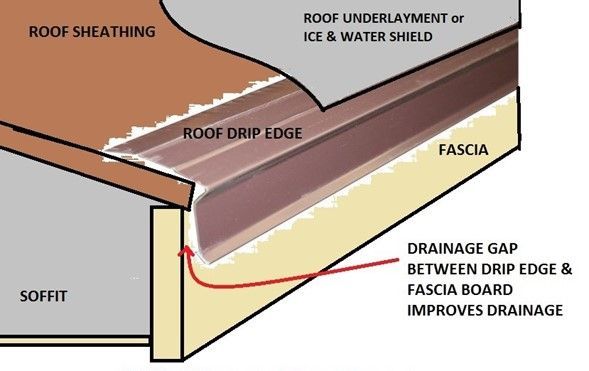
c. Safeguards Homeowners Insurance in case of Roof Damage
Did you know that most homeowner insurance policies require your home to have a drip edge? Otherwise, claims related to roof water damage can be declined.
This applies to homeowners everywhere and not just Northern VA and Maryland. Typically, State and County building codes will require homeowners to do so. Those who don’t have a drip edge risk being considered negligent regarding roof care, and this seemingly harmless omission can void coverage.
As a homeowner, you should also be aware of the connection between the absence of a drip edge and damaged fascia/eaves. When it rains and you have gutters but no drip edge, water usually gets sucked back. The fascia board is the first victim as it gets direct contact with water. Over time (especially during rainy and cold seasons), this series of contacts makes the fascia board soak in water which kick-starts rotting and leads to potential mold build-up that can be circulated through your home and or roof caving if a large enough section of wood decking rots thoroughly which could cause very expensive damage to the interior of a home.
Can an Insurance Company Void Your Claim Because of Poor Gutter Drip Edge Installation and Resulting Damage?
Absolutely! If your gutters aren’t properly installed and/or you don’t have a gutter drip edge resulting in water damaging your fascia board, eave, and or water getting into your home and damaging other parts of your property, your insurance company has strong grounds for voiding a claim related to such damage.
Homeowners also have a responsibility under their insurance policies to take the necessary measures to protect their home/investment. Proper annual roof inspection and installation of gutters and gutter drip edges is one of those measures that eliminate avoidable claims linked to water damage. It’s also your responsibility as a homeowner to continuously check for repairs that are necessary to prevent potential home damage, in advance.
Signs Your Gutter Drip Edge Was Installed Poorly
There are signs of damage to look out for if you want to know whether your drip edge was installed properly or not. The most notable include:
a. Water Leaks (From Behind the Gutters)
Is there water leaking from behind the gutters? If so, this can be an indication of a missing drip edge or loosely fitted gutters. You can look out for this sign when it rains. Water may also be dripping down behind gutters and running down your wall. Over time, there will be visible water marks/stains that you can follow to the source of the problem. While these signs may indicate other problems like a clogged downspout, you shouldn't overlook them before verifying.
b. Rotten Fascia Board
This is another common sign of a missing drip edge or a poorly installed one. Rotten fascia can also be a sign of loose gutters so you'll need to verify if your gutters are properly fitted. Generally, fascia boards will last for two decades. Any sign of rotting (usually depicted as discoloration and breakage) should be checked.
c. Water Marks or Leaking on the Ceiling
If you notice leaks or water stains on your ceiling or wall edges, you should check for installation problems. This is usually accompanied by other signs i.e., a rotten fascia board.
Considering the above signs don’t come in isolation, it helps to have a roofing expert check your drip edge immediately after you notice any of these situations. Otherwise, it will be your responsibility to get on your roof and check for yourself. This process can be challenging from a technical and safety perspective. It’s better to hire professionals to do a proper inspection including letting you know if you have a gutter drip edge or not and whether you have structural damage.

Proper Rain Gutter Drip Edge Installation in Northern Virginia and Maryland
Ready to ensure your home is fully protected against water damage? At Robust Roof, we're here to help. Our team of experienced professionals is dedicated to providing top-notch roofing solutions, including expert drip edge installation, expert inspections, and quotes. Don't wait for the next downpour to discover the importance of a properly installed drip edge. Don’t let insurance void your roof damage or repair claim because of avoidable problems either!
Contact us today for a free inspection in Northern Virginia. Let us safeguard your home with our reliable roofing services, backed by a 10-year warranty on all our work. Trust Robust Roof to keep your home dry and secure, season after season, and get perfect drip edges in a few simple steps. Reach out now and take the first step towards a leak-free, worry-free home.
Share our blog posts to others:

